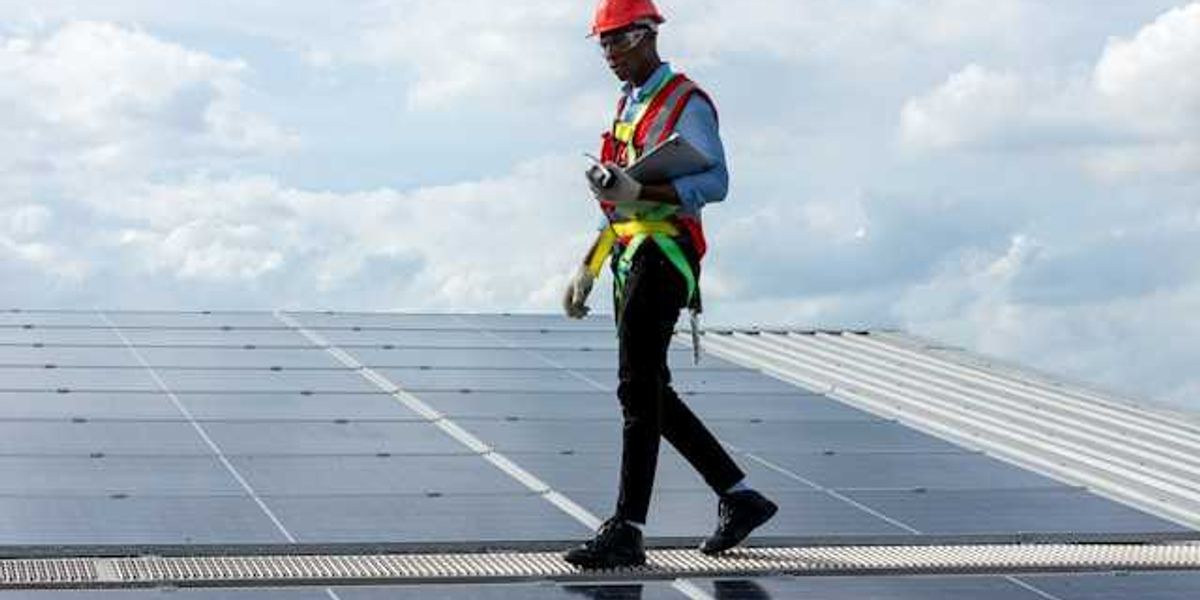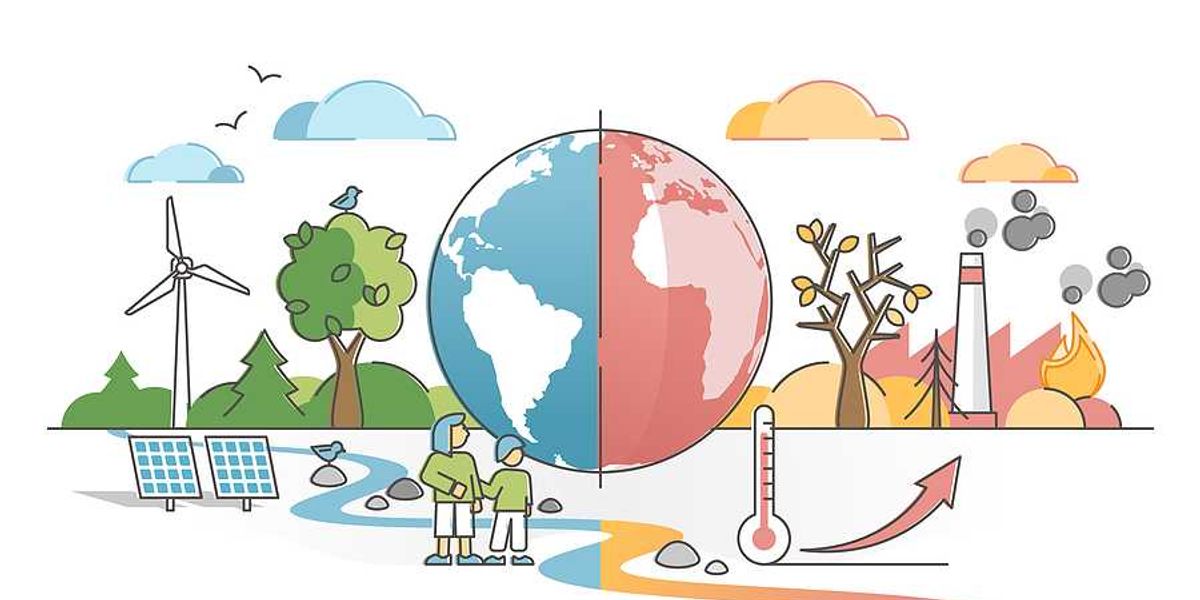New data centers tap unused wind and solar power to lower costs and cut waste
Some data center companies are moving off-grid and plugging into stranded renewable energy that would otherwise go to waste as transmission bottlenecks and AI demand stress the U.S. power system.
Arcelia Martin reports for Inside Climate News.
In short:
- Renewable energy developers often shut down turbines or solar panels during peak generation because outdated grids can’t carry the extra power, resulting in energy waste.
- Companies like Soluna are building data centers near renewable energy sites to buy and use this excess energy at low cost, reducing curtailment while powering cryptocurrency mining and AI services.
- Soluna and others now operate facilities in Texas and Kentucky and plan hundreds more megawatts of capacity; they also ramp power use up or down in response to grid needs.
Key quote:
“Decisions around where data centers get built have shifted dramatically over the last six months, with access to power now playing the most significant role in location scouting. The grid can’t keep pace with AI demands, so the industry is taking control with onsite power generation.”
— Aman Joshi, Bloom Energy’s chief commercial officer
Why this matters:
As wind and solar grow across the U.S., energy curtailment — the practice of shutting down renewable energy generators because the grid can’t handle the load — is becoming a major efficiency problem. In 2021 alone, enough electricity to power over a million homes was wasted, largely due to transmission limits. That waste not only represents lost revenue but also undermines efforts to decarbonize the power grid. Meanwhile, energy-hungry data centers supporting artificial intelligence and cryptocurrency are booming. Many now see stranded renewables as a cheap and abundant resource. Co-locating data centers with wind and solar farms helps absorb this excess energy and can ease strain on overloaded grids. But the trend also raises questions about land use, water demand, and whether tech’s energy hunger will worsen emissions elsewhere.
Related: AI tools vary in their environmental impact as energy demands grow













